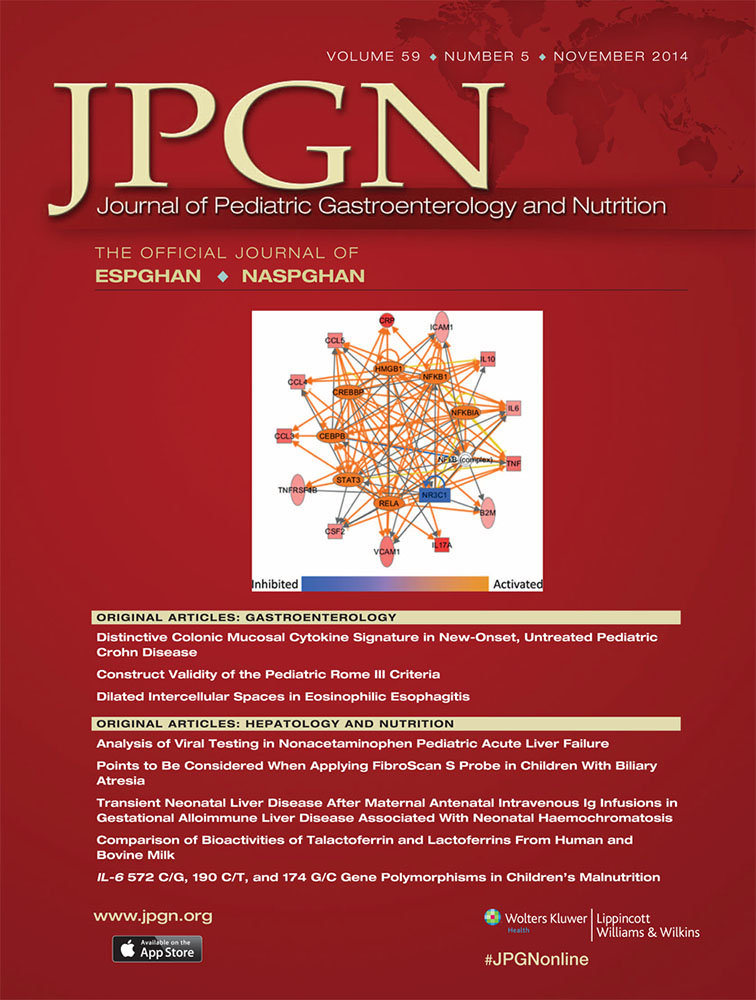Distinctive Colonic Mucosal Cytokine Signature in New-Onset, Untreated Pediatric Crohn Disease
The study was supp orted by Connecticut Children's Medical Center Research Funds and University of Connecticut Health Center Connecticut Institute for Clinical and Translational Science (CICATS).
The authors report no conflicts of interest.
ABSTRACT
Objective:
The aim of the study was to compare the colonic mucosal immune response in children with new, untreated Crohn disease (CD-New), CD in remission (CD-Remission), and unaffected children (CTRL [controls]).
Methods:
We performed flow cytometry of mitogen-stimulated colonic lamina propria mononuclear cells isolated from colonic biopsies and 72-hour biopsy explant cultures, and analyzed the supernatant by an unbiased multiplex cytokine array of 45 analytes.
Results:
Thirty-six children were studied (mean age 14 ± 3 years, 14 girls): 12 CD-New, 11 CD-Remission, and 13 CTRL. We found that stimulation of lamina propria mononuclear cells isolated from colonic biopsies induced comparable intracellular cytokine levels of interferon (IFN-γ), interleukin (IL)-17, and tumor necrosis factor (TNF)-α in T cells from CD-New, CD-Remission, and CTRL, suggesting that mucosal innate inflammation plays a larger role than activated T cells in CD-New. To measure factors released during the ongoing inflammatory response in CD-New, we cultured colonic biopsy explants and uncovered 13/45 factors that were significantly higher in CD-New versus CD-Remission, whereas 10 were increased in CD-New over CTRL. Ingenuity Pathway Analysis software revealed the anticipated interconnectivity of TNF-α, IL-6, and CSF-2 in CD-New of the colon. A novel subnetwork of chemokines was, however, evident, whereas IL-17a appeared as a peripheral factor. Principal component analysis and hierarchal clustering showed that CD-New and CD-Remission separated into distinct subgroups based on the 13 factors.
Conclusions:
At diagnosis of inflammatory bowel disease, the colonic cytokine response contains a predominance of innate immune factors, with chemoattractants and vascular adhesion molecules playing a central role.




